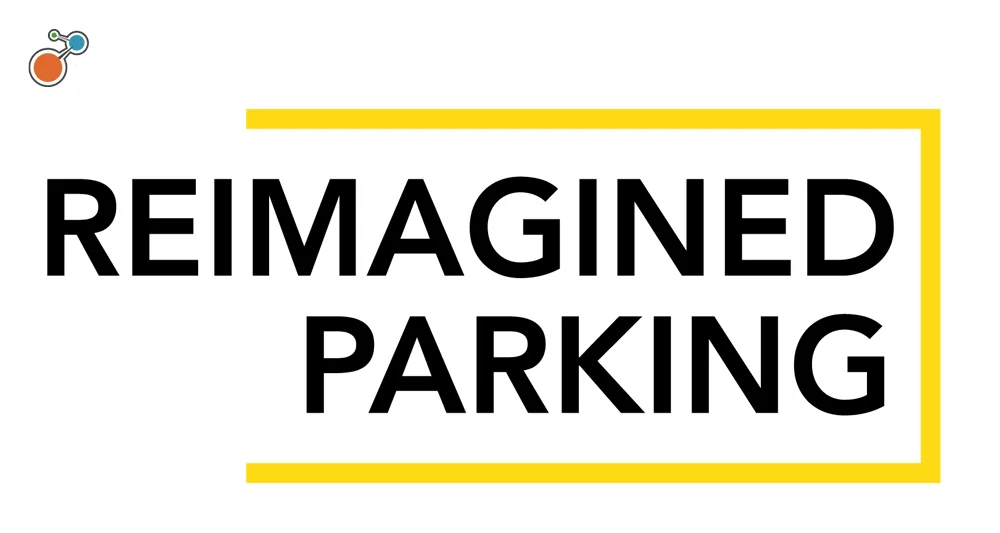Risk avoidance means leading your company away from events that could create a loss. It involves identifying, evaluating, and avoiding risks above a comfortable tolerance level. The goal is to prevent a hazard from occurring at all rather than dealing with its consequences.
Many companies adopt a conservative approach as a main component of their risk management strategy. For example, a business might avoid a specific supplier because of previous quality issues. This helps the company eliminate any possibility of problems or losses related to that vendor.
Risk avoidance shares some similarities with other risk management strategies, but it offers its own benefits. This allows companies to entirely sidestep situations that could result in losses, which is particularly important in industries that are highly competitive or regulated.
When Is Risk Avoidance the Right Strategy?
Risk avoidance is a great option when companies want to obviate risks altogether. This approach is particularly useful when hazards are high, and benefits are low.
Companies can perform a risk assessment as a first step. This involves evaluating potential barriers to company success. It also considers the impact of each risk, along with the best strategies to minimize those impacts.
A gap analysis is also a productive first step for companies considering risk avoidance. This process outlines the difference between a company’s current state and its desired outcome. It identifies the best strategies to close gaps in revenue, profit margin, or other success metrics.
Examples of Risk Avoidance
Different circumstances often require different approaches to the concept of risk. Here are some examples of avoidance strategies a company might adopt:
- Avoiding business ventures: Companies sometimes avoid new markets, unproven technologies, or other uncertain business ventures.
- Refusing clients: Companies may avoid working with clients that have a history of late payments or unethical practices.
- Canceling programs or events: Companies can cancel events or programs that could threaten participant safety or damage company reputation.
- Passing on projects: Companies might pass on projects that have tight deadlines, technical details, or a high possibility for error.
Risk avoidance can be an effective risk management strategy. Choosing the best risk management strategy is an important step in managing costs and new demand.
What is Risk Mitigation?
Risk mitigation involves reducing the impact of potential issues. The goal is to decrease the likelihood of a risk occurring. If a problem does occur, this can also help reduce its impact.
Risk mitigation is a popular strategy for organizations that want to be proactive in managing threats. It allows companies to identify hazards before they ever occur. This can improve operations, efficiency, and company reputation.
Risk Avoidance vs. Risk Mitigation
Risk avoidance and mitigation are both important risk management strategies. However, each strategy is unique. Your specific circumstances will help determine which strategy is better for your organization.
Risk avoidance means entirely eliminating any possibility that a problem occurs. Risk mitigation reduces the likelihood of danger but still allows for the possibility that it might occur. This also entails minimizing the negative impacts of hazards once they do occur.
Risk avoidance is a more conservative approach. It involves sacrificing potential benefits in order to eliminate danger altogether. Risk mitigation represents a more balanced approach. It involves weighing potential hazards against potential benefits and implementing measures to manage issues if they arise.
Pros and Cons of Risk Avoidance
Risk management has both pros and cons. When considering different strategies, it’s important to keep both positive and negative outcomes in mind.
Benefits of Risk Avoidance
Risk avoidance is an effective strategy for many organizations. By avoiding certain activities, companies can reduce the likelihood of losses or other negative consequences.
Here are a few other benefits:
- Improve your corporate reputation.
- Comply with industry regulations.
- Improve operational efficiency.
- Conserve finances and resources.
- Improve decision-making accuracy.
A firm risk avoidance strategy can also improve stakeholder confidence. Executives and investors often prefer strategies that help companies avoid loss — even if that means sacrificing some level of success.
Challenges of Risk Avoidance
Risk avoidance isn’t an ideal strategy for every business. Some companies might face challenges during implementation. In other cases, steering clear of all hazards might not work well with your company’s management strategy.
Here are a few other challenges:
- Missing potential opportunities
- Opening the door for competitors willing to accept more risk
- Reducing chances for innovation
- Increasing costs such as insurance or compliance expenses
Bypassing all possible liabilities can also be challenging to implement across a company. You might need to change your company’s current operations and expectations. This process can take time and effort, sometimes decreasing efficiency until implementation is complete.
Implementing Risk Avoidance
Risk avoidance can improve operations across many different fields. No matter the industry, this approach creates opportunities to minimize loss and reduce exposure to potential perils.
Use Detailed Risk Intelligence
Risk intelligence is the ability to identify and analyze possible threats. It first means understanding the potential problems and consequences a company faces. Risk intelligence then provides insight into the best path forward, helping companies decide whether to avoid hazards or embrace them.
Many companies use risk intelligence to identify when they should avoid possible threats altogether, so it works well alongside an active avoidance strategy. For example, a company might use risk intelligence to analyze market conditions, competitors, and regulatory considerations. That company might study those findings and decide to avoid the possibility of loss altogether.
Develop a Plan
There are several factors to consider when building a risk avoidance strategy. Companies should establish a general tolerance level based on their interests. This will help determine which hurdles are acceptable and which should be avoided.
Even with a strategy in place, challenges can arise. Companies should develop contingency plans to address potential problems that might still arise. This might involve alternative suppliers, backup systems, or other emergency procedures.
For best results, involve multiple people in your organization when creating an avoidance plan. Company executives and stakeholders should review and approve all plans before implementation.
Monitor and Evaluate
Companies should review and update their risk avoidance plans regularly. This may involve regular risk assessments or gap analyses. You may also need to update contingency plans as company priorities evolve.
Monitoring your plan also helps you test for effectiveness. This helps you determine whether individual aspects of your plan should be revised, improved, or removed.
Evaluating a risk avoidance plan starts by defining your success criteria. Identify how well your plan guides the company away from issues and toward success. It’s also important to consider competitors when evaluating your short- and long-term approach to potential challenges. Identify how other companies manage or avoid hazards, and how well the strategy works for them. This can help you identify whether a new risk management strategy might better suit your goals.
For more information, download our ebook, Risk Management Information Systems: The Buyer’s Guide, and check out Riskonnect’s RMIS software solution.




